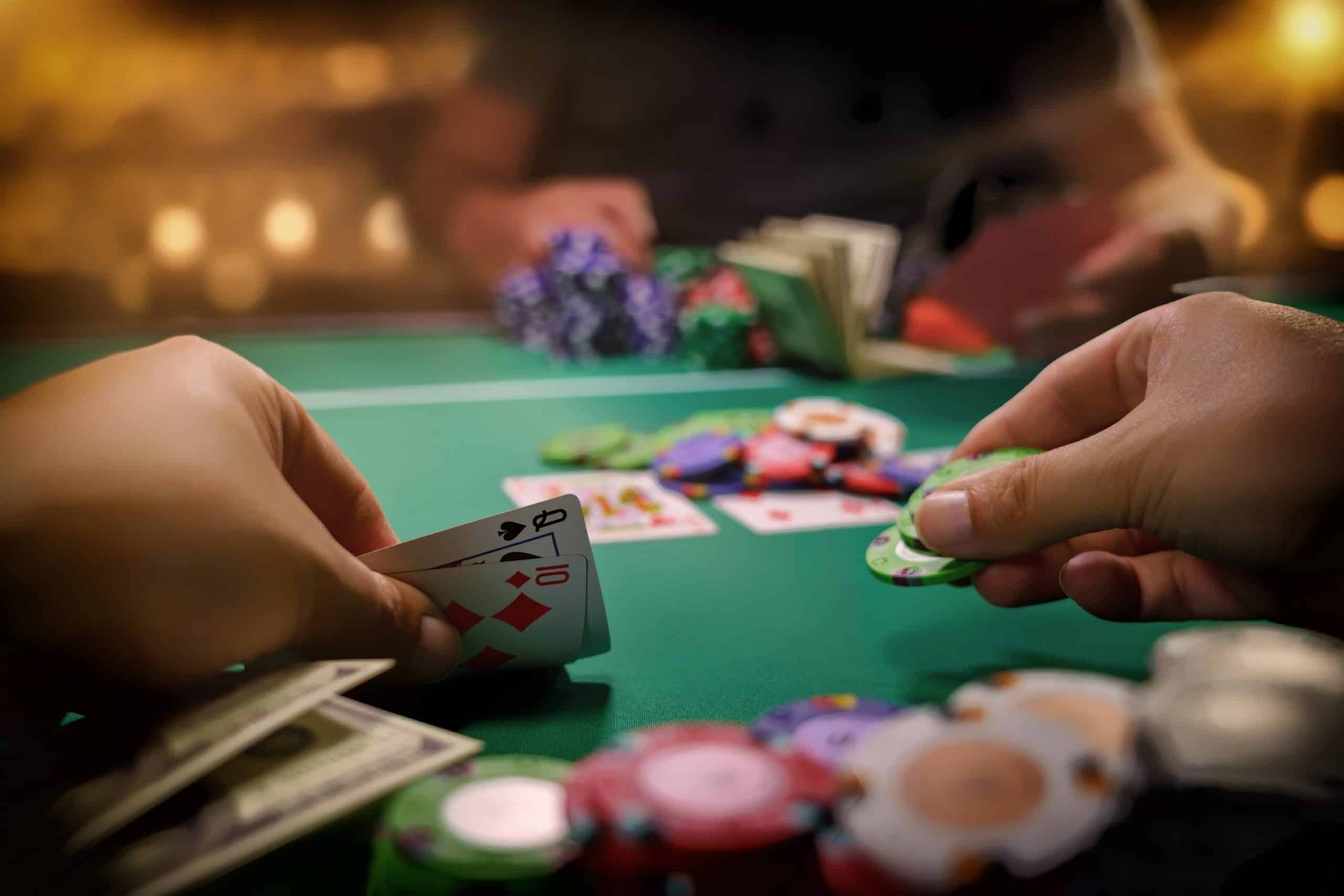If you’ve played poker for any length of time, you’ve probably noticed that it’s very important to know how to read your opponents’ hands. That is, you need to understand your opponent’s hand range, the strengths and weaknesses of their hands, and how their behavior and physical tells tell you about their hand.
Understanding your opponent’s weaknesses
One of the best ways to improve your poker game is to learn about your opponent’s game plan. You’ll be able to make better decisions based on your opponents’ strengths and weaknesses. In turn, you can win more often, and at higher stakes. As you hone your skills, you’ll be well positioned to reap the rewards. Having a sound knowledge of your opponents’ handiwork will also help you weed out the losers before they win.
Knowing how to spot a weak hand from a strong one isn’t as difficult as it may seem. The key is to be attentive and to have a well defined set of objectives. For instance, you’ll want to know your opponent’s bluffing abilities and not simply their ability to take a bribe. Another thing to look for is a player’s aversion to risky play. If you’re having difficulty in a particular hand, it may be time to change tables. This is particularly true if you’re a high-stakes aficionado. A low-stakes SNG or NLH game might provide a low-pressure environment to test your sleuthing skills.
When playing in a high-stakes venue, it’s important to remember that winning isn’t the only measure of success. It’s the way you conduct your business that counts, and having a few tips and tricks up your sleeve is a surefire way to stay on top. By knowing what your opponent is up to and avoiding the usual suspects, you’ll have more fun and more money in the long run. The art of poker is a skill forged in the ring and the sands of time, and the best way to ensure success is to keep practicing, keep learning and be patient.
Narrowing down your opponent’s range of hands
Identifying your opponent’s hand range is crucial to winning at poker. Whether you are playing against professional players or normal people, you must be able to analyze your opponent’s range and play based on it. It is also necessary to know your own hand range.
There are several methods for determining your opponent’s hand range. One is to think about the number of hands that your opponent may have held in the past. Another is to look at his or her betting patterns. Also, you must be able to understand the actions that your opponent took in the hand. For example, you might have to consider whether your opponent has re-raised, checked or raised with different holdings.
Then, you should determine whether your opponent has played weaker or stronger hands. If your opponent has only played strong hands, he or she might have an unbalanced range. This happens when your hand range contains too many weak hands or too few strong hands. In this case, you need to eliminate the weaker hand from the range.
Finally, you should be able to determine your opponent’s poker range by looking at his or her flop betting patterns. For example, a tight player might raise with suited connector AK. On the other hand, an aggressive player might play 35% of his or her hands from the cutoff.
Depending on the opponent’s range, it might be wise to call or raise. In fact, your range should be slightly narrower than your opponents’. But you need to build a clear picture of your own calling and raising range.
You can narrow your opponent’s range by practicing. During this process, you will need to analyze your own hands and learn how to read your opponent’s cards. Remember to do this regularly. And if you need help, you can find enhanced poker training material on online platforms.
Once you have learned how to read your opponent’s hands, you can easily determine his or her range. You will then be able to play more accurately. However, if you are just starting to play poker, you might find it difficult to understand how to narrow your opponent’s hand range.
Practice
Learning how to read a poker hand is a good place to start if you want to become a better reader of other people’s hands in general. This is a rare talent in the poker world, and rookie players typically misjudge its importance. Luckily, hand-reading can be taught, and it follows a strategy based on a nearly scientific process of generating ranges. In order to better read hands, consider the following advice.
Finding out what kind of hands your opponent often plays is the first step. You can limit the opponent’s betting range by using information from your HUD or making mental notes about their playing style, even if you don’t have a long history with them. In addition, you may learn to spot trends in a person’s betting if you know the sorts of cards the player has in his or her hand history. Learn to read poker hands until you’re comfortable with their ranges.
As you gain experience, you’ll be better able to classify your opponents and exploit their weaknesses to increase your odds of winning.


